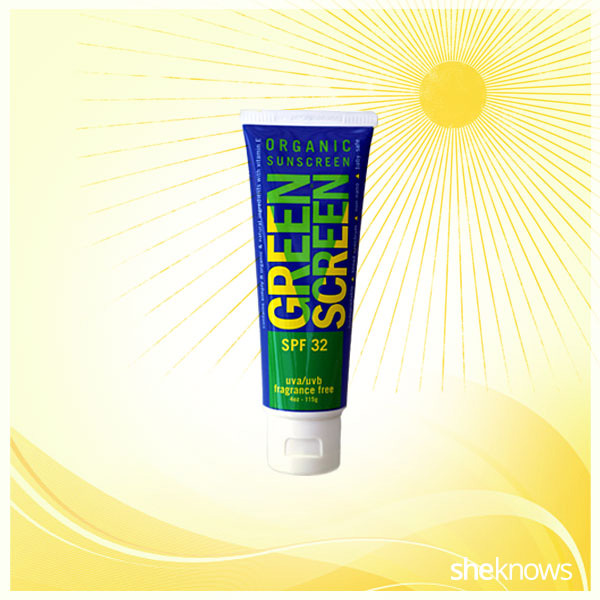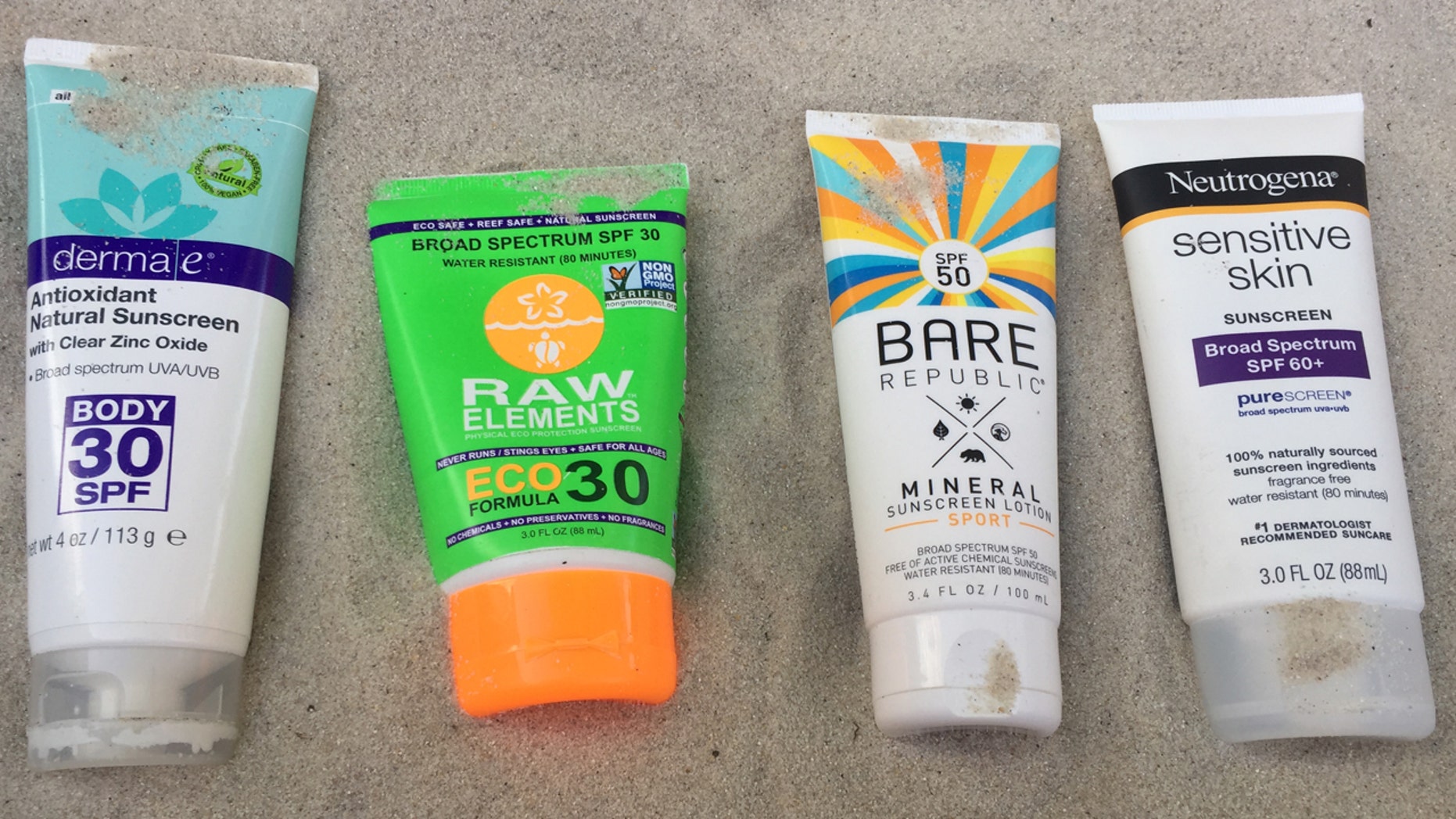

Many manufacturers are certified cruelty-free by The Leaping Bunny, however, eco-friendly sunscreen ingredients usually include beeswax as a sticking agent. Most eco-friendly and biodegradable sunscreens are made from natural and organic ingredients. Are eco-friendly sunscreens also vegan-friendly?

However, zinc oxide sunscreens with non-nano-sized particles may be safer for coral reefs than zinc oxide sunscreens with nano-sized particles. Zinc oxide is biodegradable and is not linked to any health concerns. Zinc oxide is usually the active ingredient used in chemical-free sunscreens. To know for sure, we need to check the ingredients list or buy a cream that’s approved by an environmental organisation such as Environmental Working Group (EWG). Therefore, sunscreens labelled as reef safe may not be as eco-friendly as they appear. Manufacturers do not need to prove that their sunscreen is safe for coral reefs. It’s important to note that the term ‘reef safe’ currently has no solid definition. How do you know if sunscreen is reef safe? Reef-safe or mineral sunscreens are usually made from natural ingredients that cause less damage to marine life. The term reef-safe or reef-friendly usually refers to sunscreen that does not contain these two toxic ingredients. What you should know about eco-friendly sunscreen What is reef-safe sunscreen?Įco-friendly sunscreen has been around for a while but it’s become more popular since 2018, when Hawaii banned the use of oxybenzone and octinoxate in sunscreens.

Organic sunscreen skin#
There’s no doubt that sunscreen is an essential part of our outdoor kit but how do we protect our skin and the environment at the same time? These sunscreen chemicals, including oxybenzone and octinoxate, cause damage to coral reefs. When we swim, 25% of sunscreen ingredients are left in the water. UV rays are dangerous, especially while out on the snow or in the water. Wearing clothing with UV protection minimizes the amount of sunscreen we need to use, but we still need protection for the hands, face, and neck. Avoiding the hottest hours of the day is the best skin protection available but that’s far from practical during many outdoor activities. I’d love to ditch sunscreen altogether but without it, my nose would be as bright as a Sicilian tomato within a few short hours. And that doesn’t even take into consideration the health implications of slathering chemical-filled cream all over our skin. Without a science degree, it’s difficult to know which are eco-friendly sunscreens, which are biodegradable, and which are contributing to ocean pollution. If you have read through the ingredients then you’re probably confused as to what all these chemicals are. Sunscreen is our solution but few of us look past the SPF rating. We’ve also taken the guesswork out of finding the perfect natural sunscreens for you, with these 14 dermatologist-approved picks.Sunburn is a common problem for outdoor lovers. Palm advises looking for active ingredients like zinc oxide and titanium dioxide on the labels to check. Some of the best sunscreens out there now combine the best of natural sunscreen elements with the power of anti-inflammatory agents and/or anti-oxidants. These sunscreens work by reflecting the sun rather than using energy conversion like other chemical-based sunscreens. Natural sunscreens, also called "physical sunscreens" by the FDA, consist of two types of mineral-based formulas: zinc oxide and titanium dioxide. There are so many options these days, from powder SPFs, to tinted sunscreens, to SPFs that you can buy at the drugstore. Needless to say, choosing the right sunscreen matters. "Heat causes inflammation on the skin, which can cause deleterious effects on the skin and premature aging changes," explains Palm. Melanie Palm, board-certified dermatologist and cosmetic surgeon from Art of Skin, explained that with chemical sunscreens, the product is essentially changing light into heat energy which can have negative effects on the skin.

Apart from saving the coral reefs, you could also be saving your skin. It’s time to invest in a natural sunscreen.


 0 kommentar(er)
0 kommentar(er)
